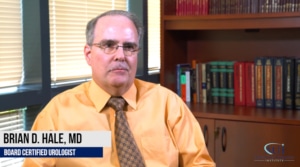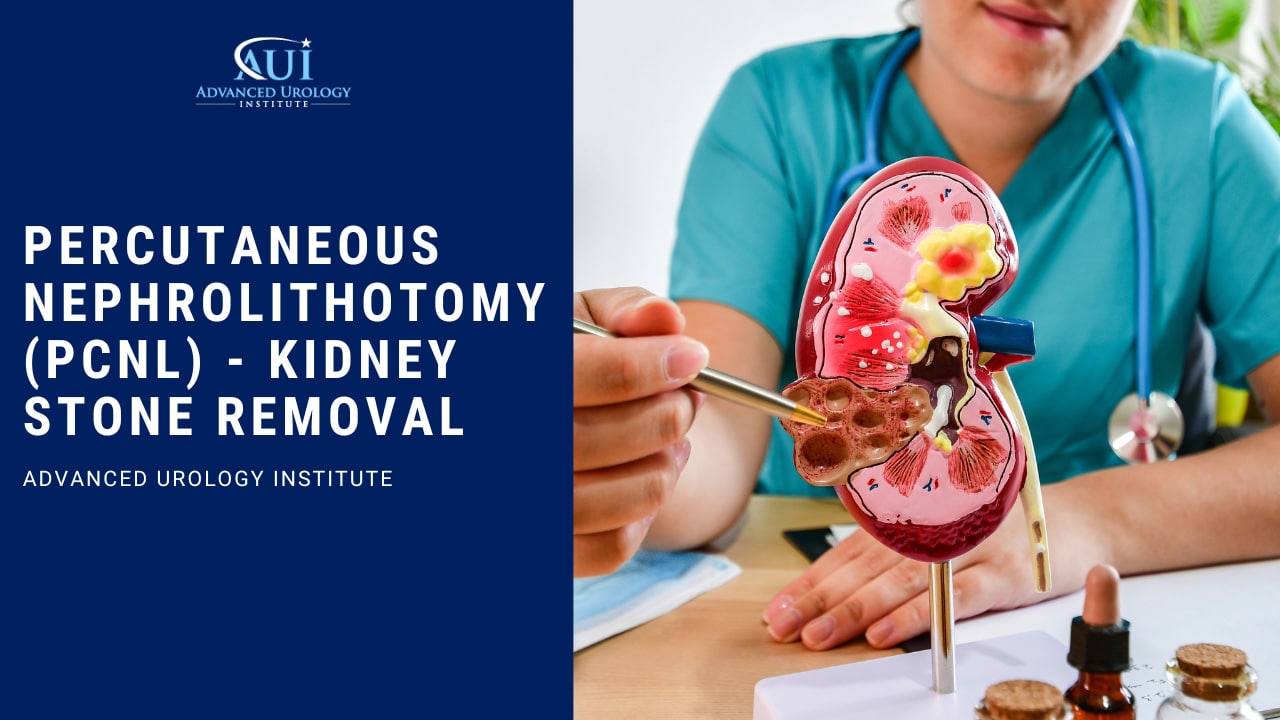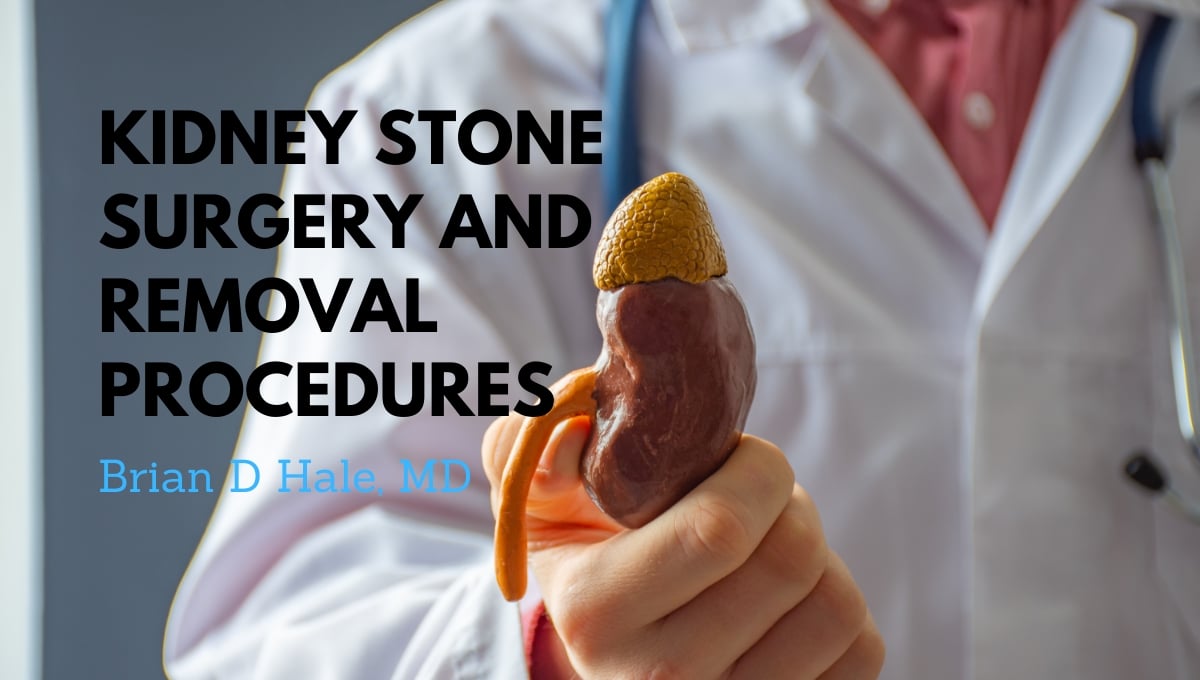Advancements in urology now lead to better treatment solutions for kidney stones such as precutaneous nephrolithotomy or PCNL.
Continue readingKidney Stone Surgery and Removal Procedures
Kidney stones can be stubborn and painful. In many cases, patients rely on a urologist for help removing these painful obstructions. Kidney stones are hard deposits of minerals that form in the body and can cause blockage in the urinary tract. Urologists will decide how to treat the stone based on factors like its size, the patient’s health and the amount of pain it’s causing.
 One cutting-edge and noninvasive method for treating kidney stones is called shock wave lithotripsy. Board-certified urologist Dr. Brian D. Hale describes it as using water waves to break up the stone. A machine is put against the patient’s body and creates small explosions. The water waves from the explosions target the stone. As many as 2,500 water waves are directed at the stone during a single treatment.
One cutting-edge and noninvasive method for treating kidney stones is called shock wave lithotripsy. Board-certified urologist Dr. Brian D. Hale describes it as using water waves to break up the stone. A machine is put against the patient’s body and creates small explosions. The water waves from the explosions target the stone. As many as 2,500 water waves are directed at the stone during a single treatment.
These waves break the stone into small pieces similar to sand. The patient will be able to pass these much smaller pieces with greater ease. The whole treatment takes about 25 minutes. The procedure is mostly pain free but does require the patient to go under general anesthesia. In the early 2000s, patients were not required to go under anesthesia for this procedure. However, it was found that natural movements from the patient made it difficult to concentrate the water waves on the stone, so putting patients under anesthesia is now the general practice.
Each case of kidney stones is different, and noninvasive measures are not always an option. An alternative procedure for stone removal is to use a scope to go up the patient’s penis through the urethra to the kidney and then use a medical laser to break up the stone and pull out the fragments. This is the preferred method for some of the smaller stones that cannot be broken up with shock wave lithotripsy.
For larger stones in the kidney, urologists may recommend a more invasive form of surgery called percutaneous nephrolithotomy. In these cases, the urologist will make a small incision in the patient’s back to reach the kidney directly. The urologist then will use a scope and either a laser or ultrasound energy to break up the stone. This procedure also requires general anesthesia and the patient may need to stay in the hospital for one to two days to recover.
There are many options for patients suffering from painful kidney stones. The many urologists of the Advanced Urology Institute have committed to finding the best options to relieve the pain of kidney stones. For more information, visit the Advanced Urology Institute website.



